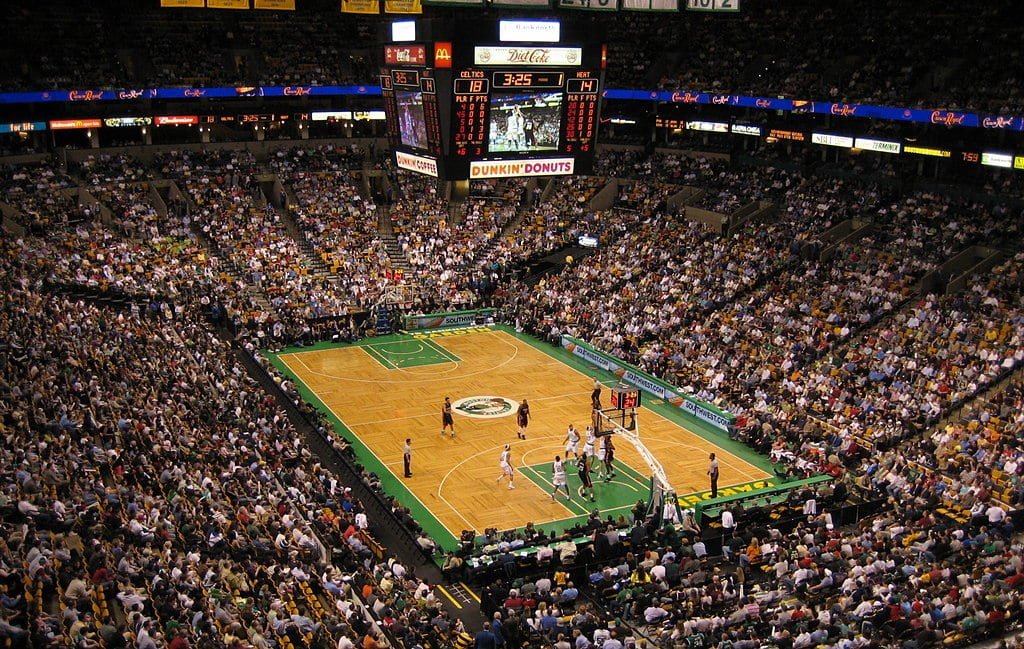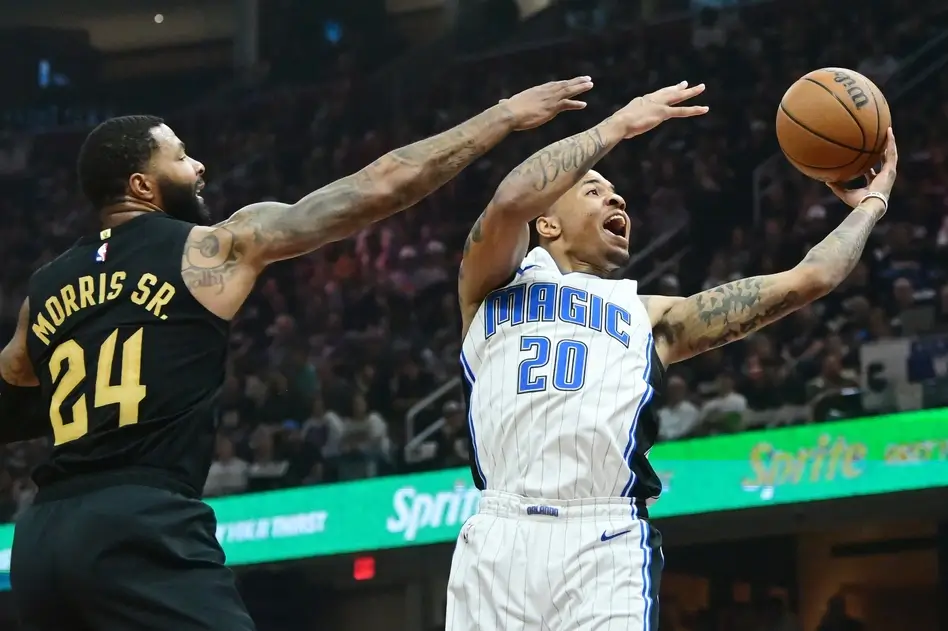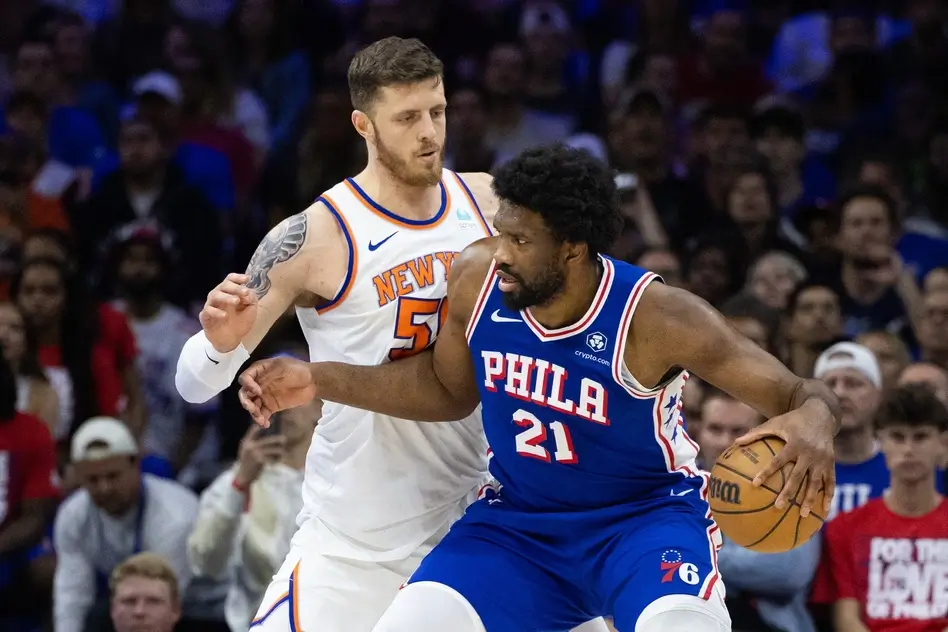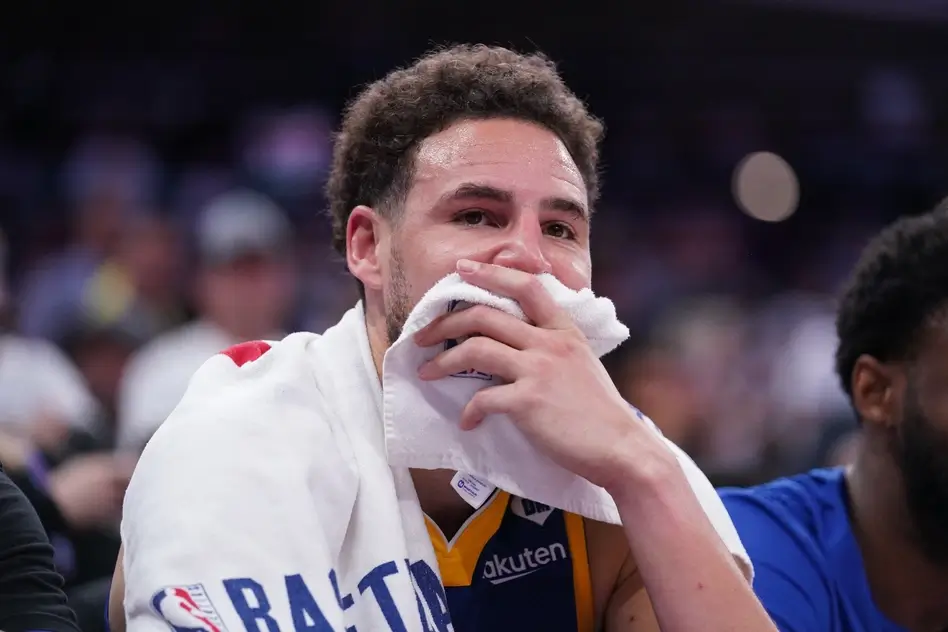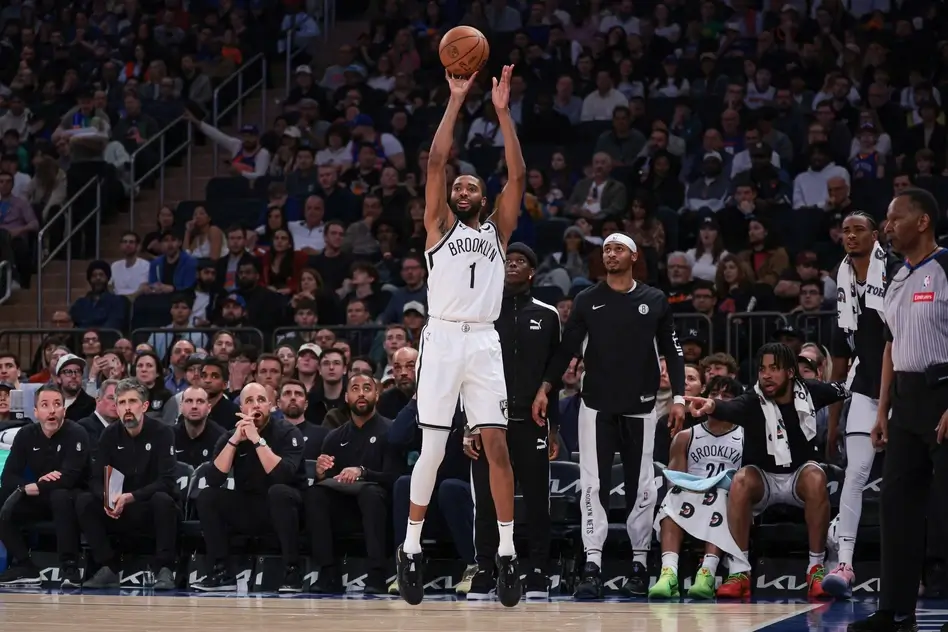Even some of the oldest, most loyal fans need to have the NBA salary cap explained. It may sound like quite a complicated issue, but it’s actually way simpler than one would think.
American sports feature a salary cap in an attempt to make the league more balanced and competitive. Basically, it prevents teams from spending as much money as they can to form star-studded rosters and dominate their competition with ease. It’s pretty similar to the Fair Play rules in soccer.
The NBA’s salary cap, however, has a unique feature when compared to the rest of major American tournaments. Unlike the MLB, NFL, and NHL, the NBA has a soft cap instead of a hard cap, meaning that there could be some NBA salary cap exceptions for teams to go over it.
So, if you’re new to this or just want to have the NBA salary cap explained, look no further! You’ve come to the right place.
NBA Salary Cap explained
The NBA salary cap keeps teams from doing whatever they want. Basically, they have a salary floor to force team owners to spend a minimum figure and make sure their teams are competitive, and a salary cap to stop them from doing way too much. In the following sections, we’ll dig a little deeper into this
How does the NBA salary cap work?
The NBA salary cap is the limit of the total money every NBA team can spend on players’ salaries. That number is established by the Collective Bargaining Agreement (CBA) and determined with the consent of both NBA franchises and the NBA Players’ Association.
Unlike other tournaments, the NBA has a soft cap. That means that there are some NBA salary cap exceptions that allow teams to exceed the cap to sign players.
This allows the teams to retain their own stars and surround them with more talent.
What happens if a team goes over the NBA salary cap?
Teams can only exceed to resign their own players by using the ‘Larry Bird Exception’.
However, if a team goes over the NBA salary cap by a certain amount, then it must pay the luxury tax. This tax is determined by a complicated formula, forcing teams to pay bracket-based amounts for every single dollar by which their players’ payroll exceeds the tax level.
The league later distributes tax revenues equally among non-tax-paying teams, which is why team owners from small markets often refuse to go the extra mile and go above the salary cap. Also, going over the top creates a bit of a domino effect in which the team will be forced to pay a higher tax depending on how much money they spend.
What are NBA salary cap exceptions?
There are several exceptions that allow teams to get above the cap.
We have the mid-level exception (MLE), bi-annual exception, rookie exception, two-way contracts, 10-day contracts, Larry Bird exception, early-bird exception, non-bird exception, traded player exception, and minimum salary exception.
Each has its own rules and perks and will most likely depend on the team’s current cap status.
What is the ‘Chris Paul rule’?
The over-38 rule, also called the ‘Chris Paul’ rule, prevents teams from giving incentives to older players that are soon to retire but want to sign a long-term deal.
To address this situation, the league established that all salaries earned after the players’ 38th birthday will be considered deferred compensation, thus being considered for cap purposes to the under-38 seasons of the contract.
Then, if the player decides not to retire and proves the presumption of retirement wrong, the salary that had originally been considered deferred will be distributed evenly over the remaining years on the contract. With this rule, Chris Paul was able to make around $50 million in free agency, while other stars like LeBron James could also benefit quite a lot in the foreseeable future.
Can an NBA trade put you over the salary cap?
All teams below the salary cap could trade their players regardless of the salary, as long as they don’t go $100,000 over the cap after that trade.
But teams that are over the cap or that would go more than $100,000 after a trade, can’t acquire more than 125% plus $100,000 of the salary they’re giving away.
When can NBA teams trade players?
It’s also worth noting that players who signed contracts as free agents can’t be traded until December 15 of that year or at least three months have passed, whichever comes later.
This presents teams from signing players with the sole purpose of using them as trade chips. Also, players can be traded immediately for another player straight-up after a trade, as long as their salaries match. If not, the team must wait 60 days before trading him for a ‘more expensive’ player, per the 2011 CBA.
How do buyouts impact the salary cap?
Teams can also sign players who agree to a buyout with their teams.
Basically, both parties agree to a number and the team pays off the remainder of the player’s contract.
That way, some of the salary is off their salary cap and allowed to find a new team. Normally, most of those players sign for the NBA veteran minimum and join contending teams. This usually happens when a star is still under contract on a rebuilding, younger, struggling team.
[spreaker type=player resource=”show_id=4112709″ width=”100%” height=”200px” theme=”light” playlist=”false” playlist-continuous=”false” chapters-image=”true” episode-image-position=”right” hide-logo=”false” hide-likes=”false” hide-comments=”false” hide-sharing=”false” hide-download=”true”]


